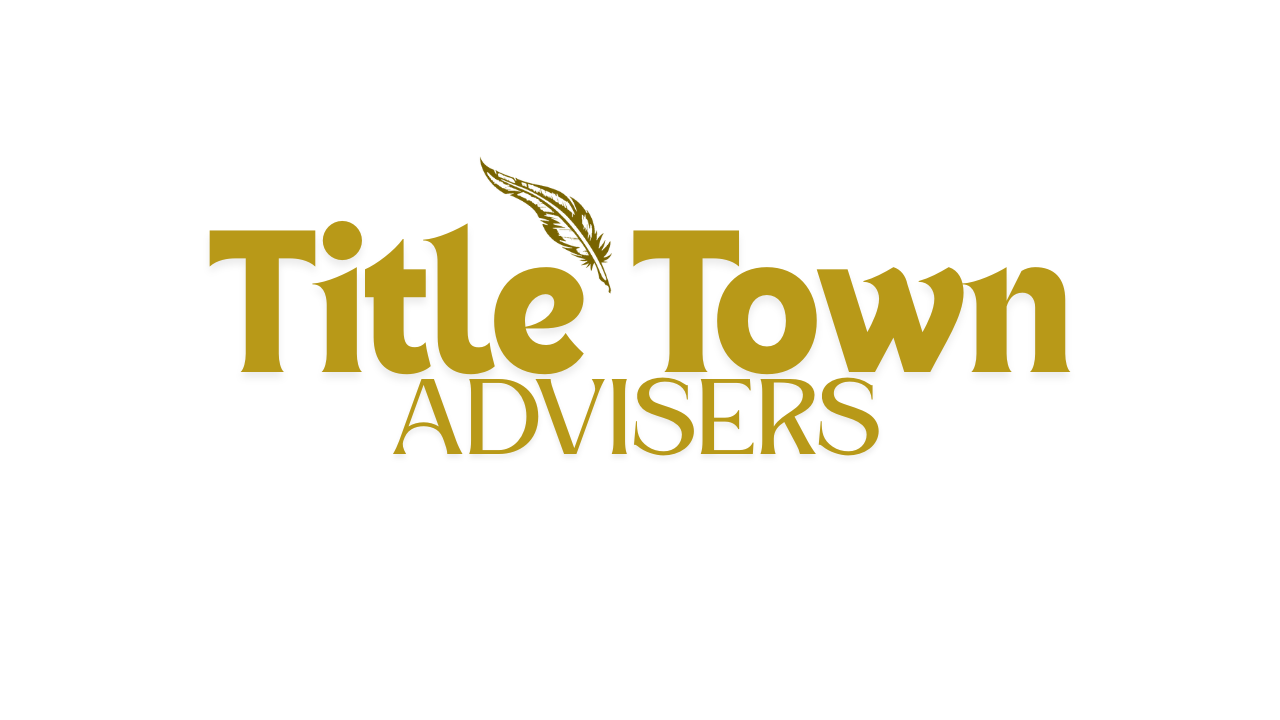Essential Partakers in the Business Management Process:
The majority of Hierarchy System business commodities have three distinct management levels: first-level, mid-level, and top-level executives or directors. These administrators are classified in a distinct hierarchy of command to execute various tasks aligned with the business norm. In several organizations, these managers provide the business model with the following tasks:
Three level Hierarchy System
Top-Level Managers:
This classification is incorporated of a board of directors, a president, a vice-president, Chief Executive Officers (CEO)s,
Chief Financial Officers (CFOs), Chief Legal Officer(CLO), etc. These administrators are responsible for maintaining, directing, and overseeing the entire organization to ensuring day to day activities run smoothly. The top-level management of corporations is responsible for developing goals, strategies, and company policies and renders decisions on the direction of the business to ensue proper forms of business for maximum productivity. Furthermore, top-level management plays a preliminary role in the mobilization and utilization of external resources to effectively produce or supply the company’s product or service. Because of these roles, top-level managers are accountable to the general public and shareholders.
Middle-Level Managers:
This category consists of General Managers, Branch Managers, and the company’s department managers . Hierarchy System Middle-level managers are responsible for top-level managers for their department’s function. A middle Hierarchy System-level manager must devote more time to the directional and organizational functions of the Hierarchy System business model. These individuals execute organizational plans following the entity’s policies and objectives of the above-listed executives. Middle-level managers discuss information and policies from executives and regurgitate the orders derived from these conservations to lower management workers. Most importantly, because of their everyday interaction with the general employee base, middle-level managers inspire and guide employees to promote more efficient performance.
Everyday operations of the middle-level managers:
Hierarchy System Middle-level managers will design and implement effective group work and information systems to bolster productivity in the business model.
Middle-level marketing managers define and monitor group-level performance indicators.
Middle-level managers pinpoint and resolve problems among workers.
Middle-level managers implement reward systems to support cooperative behavior.
First-Level Managers:
This group of the Hierarchy System business management system consists of supervisors, foremen, and the everyday experienced employee—individuals in this group are typically in charge of a few fellow employees. First-level managers focus on directing and controlling ground-level employees to effectively carry out their work. First-level managers assign employee tasks and supervise these workers on day-to-day activities. These individuals ensure quality and quantity production; they will make suggestions and implement regulations to ensure proper compliance. A first-level manager will provide the following to employees:
Motivate employees
Supervise employees
Provide career planning services
Offer performance feedback
Process Management:
On a more general level, business management is the process by which the operation of a business is made possible through planning, organizing, staffing, leading or directing, and controlling a corporation, organization, or effort with the intent of accomplishing a specific goal. Often, at the highest level of a corporation, business management will involve setting these goals in the first place.
Hierarchy System Business process management is an approach to business management that believes that all aspects of the organization should be aligned with meeting the wants, needs, and desires of the business’ clients. Business process management is a holistic management approach. This approach to business management strives for innovation, flexibility, and integration of technology while promoting business efficiency and effectiveness.
A manager or company that subscribes to the business process management approach to business management believes that the processes should be improved upon continually. Proponents of the business process management approach believe that this approach allows a company to be more efficient and effective, which in turn, leaves them more capable of changing to accommodate new conditions in a traditional, hierarchical management approach that is focused on function.
Business process management enables a company to abstract business processes from software or technology infrastructure; business process management goes far beyond automating business software or solving the entity’s problems. Business process management enables the entity to respond to changing market and consumer regulatory demands faster than its competitors—this effectively creates a competitive advantage.
This form of management is made tangible through the use of business process management software. Business process management software is a computer program that organizes a company’s business model; the software will align the company’s goals with its available resources to create a detailed business management plan.
When utilized business process management software or tolls will allow a business to engage in the following:
- Business process management software or tools enable users to strategize processes and functions.
- Business process management software or tools to develop a baseline for the process improvement
- Business process management software or tools to develop a model, which will stimulate the change in the process.
- The tools enable users to analyze simulations to determine optimal improvements.
- The tools enable users to select and implement the suggested improvements.
- Read more: Deciding the Right Marketing Mix for Your Business




0 Comments